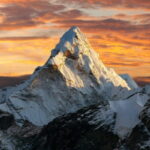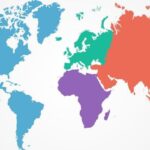We explain everything about Europe, its characteristics, limits and which countries make up this continent. Also, what is the European Union.

What is Europe?
Europe It is a continent in the northern hemisphere the second smallest in the world and the third most populated (after Asia and Africa).
It is made up of the peninsulas of Eurasia (a large land mass that it shares with the Asian continent) to the west, covering part of the continent and part of the nearby islands such as Great Britain and Iceland. The island of Greenland, despite being physically closer to America, is part of a European country (Denmark) due to the political division.
The European Union (EU) is a geopolitical entity formed in 1993 by its founding countries Belgium, France, Italy, Luxembourg, the Netherlands and West Germany, whose objective was to achieve economic interaction through a common market without internal borders, free competition, safe and fair.
Currently the EU has expanded, covering various issues such as politics, the environment, health and foreign relations. It is made up of 28 European countries that came together to promote peace and well-being of their people.
Trade relations in Europe date back several centuries. In fact, the old The Roman Empire significantly influenced much of European culture by establishing commercial links with the most remote regions of the continent.
Beginning in the 19th and 20th centuries, important revolutions took place based on republican and liberal ideals, which put an end to some ruling monarchies. These events were the basis of the first democratic movements and suffrage systems.
Characteristics of Europe
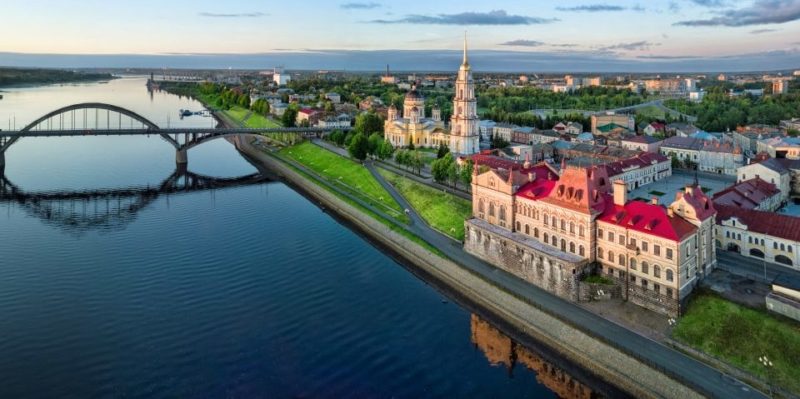
The European continent covers almost 7% of the world's land area. The largest country is Russia and the independent nation of Vatican City is the smallest. It has an estimated population of 747 million inhabitants and more than 50 languages are spoken, the main ones being Russian, English, Spanish, Portuguese, German and French.
The predominant climate is temperate continental although there are varieties such as:
- Polar climate In the furthest northern regions, such as Scandinavia and northern Russia.
- Oceanic climate In the west end.
- Alpine climate In the Alps mountain range, located in central Europe.
- Mediterranean climate In coastal regions in the south of the continent, such as northern Italy, Gibraltar, France, Monaco and Greece.
European geography stands out for the extension of vast mountain systems such as The Alps that cross part of Switzerland, Italy, Austria and France, and the highest peak on the continent, Mount Elbrus at 5,642 meters, located on the border of Russia along with the Ural Mountains.
Europe It has important hydrographic basins and the largest proportion of coastlines in the world. Most of its lakes are of glacial origin and its most important rivers include the Volga, Rhine, Danube, Seine, Elbe, Rhône, Don, Ural and Vistula.
List of European countries
The European continent has 50 sovereign countries, of which 43 are entirely European and 7 are Eurasian (due to the absence of well-defined boundaries, they are considered, at the same time, European and Asian countries).
The countries of Europe are:
- Albania Capital: Tirana
- Germany Capital: Berlin
- Andorra Capital: Andorra La Vella
- Austria Capital: Vienna
- Belgium Capital: Brussels
- Belarus Capital: Minsk
- Bosnia and Herzegovina Capital: Sarajevo
- Bulgaria Capital: Sofia
- Vatican City Capital: Vatican City
- Croatia Capital: Zagreb
- Denmark Capital: Copenhagen
- Slovakia Capital: Bratislava
- Slovenia Capital: Ljubljana
- Spain Capital: Madrid
- Estonia Capital: Tallinn
- Finland Capital: Helsinki
- France Capital: Paris
- Greece Capital: Athens
- Hungary Capital: Budapest
- Ireland Capital: Dublin
- Iceland Capital: Reykjavík
- Italy Capital: Rome
- Latvia Capital: Riga
- Liechtenstein Capital: Vaduz
- Lithuania Capital: Vilnius
- Luxembourg Capital: Luxembourg
- North Macedonia Capital: Skopje
- Malta Capital: Valletta
- Moldova Capital: Chisinau
- Monaco Capital: Monaco
- Montenegro Capital: Podgorica
- Norway Capital: Oslo
- Netherlands Capital: Amsterdam
- Poland Capital: Warsaw
- Portugal Capital: Lisbon
- United Kingdom Capital: London
- Czech Republic Capital: Prague
- Romania Capital: Bucharest
- San Marino Capital: San Marino
- Serbia Capital: Belgrade
- Sweden Capital: Stockholm
- Swiss Capital: Bern
- Ukraine Capital: kyiv
The Eurasian countries are:
- Armenia Capital: Yerevan
- Azerbaijan Capital: Baku
- Cyprus Capital: Nicosia
- Georgia Capital: Tbilisi
- Kazakhstan Capital: Astana
- Russia Capital: Moscow
- Türkiye Capital: Ankara
Europe also has 14 States with limited recognition or with a sovereignty that is not recognized internationally by the United Nations (UN). They are categorized into:
map of europe
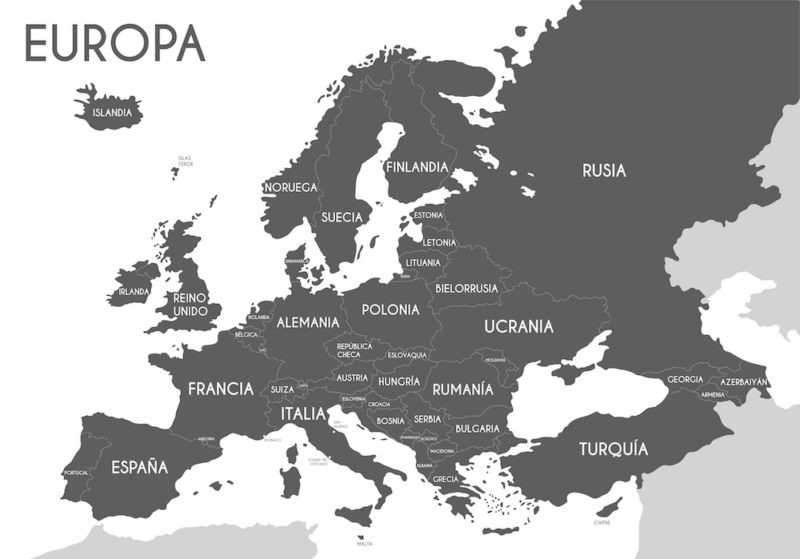

Limits of Europe
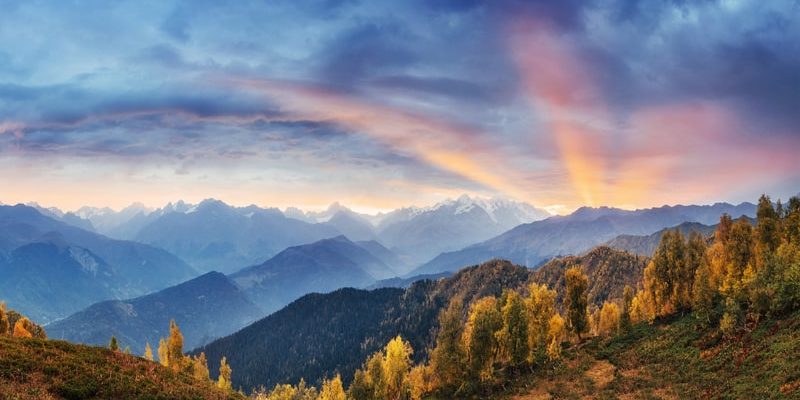
The European continent limits:
- To the north with the Arctic Ocean.
- To the south with the Black Sea and the Mediterranean Sea and to the southeast with the Caspian Sea.
- To the west with the Atlantic Ocean.
- To the east with the asian continent.
The division between the continents of Europe and Asia is not clearly demarcated, but these continents are considered to be separated by the mountain ranges of the Ural Mountains and the Caucasus Mountains, the Ural River, and the Caspian and Black Seas. The countries that extend over these bordering territories are considered “Eurasian”.
The other continents
There are 6 continents on the planet in total: Africa, America, Europe, Asia, Oceania and Antarctica (the southernmost, with an approximate population of 4,000 inhabitants in summer and 1,000 in winter).
References
- “Europe” in Encyclopedia Britannica.
- “What is the EU” on Europa.eu.
- «Union Europe and foreign action» in CARM.es.
- «European Economic Community» in Wikipedia.
- “State with limited recognition” in Wikipedia.



